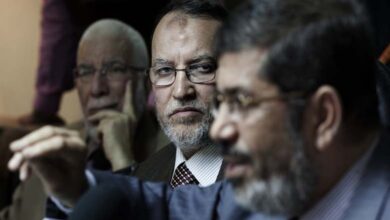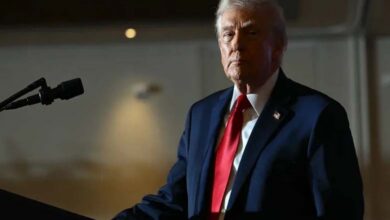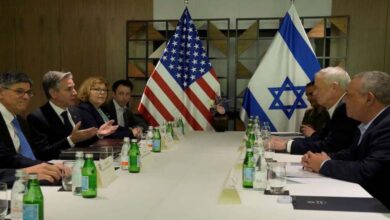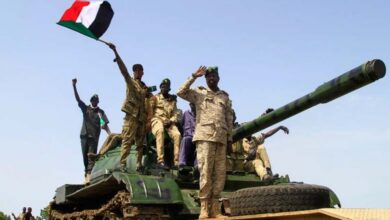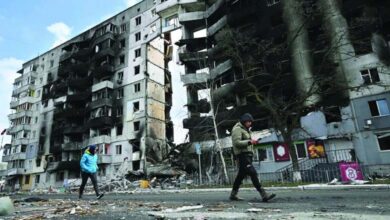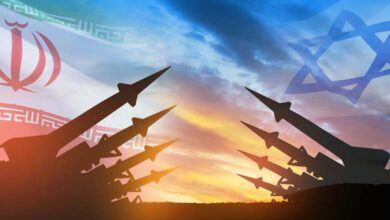New U.S. Plan to Fund the SDF Signals Rising Tensions with Turkey
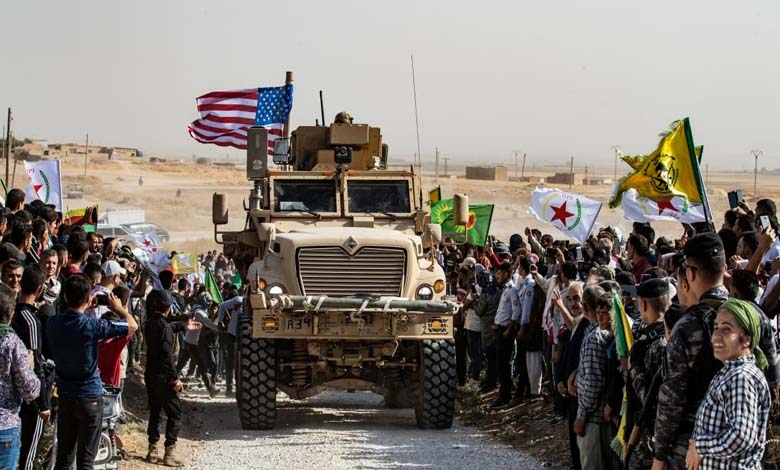
The Pentagon has requested $130 million in funding to support armed groups in Syria, including the Syrian Democratic Forces (SDF) and the Free Syrian Army, as part of efforts to combat ISIS. The move is expected to provoke strong opposition from Ankara, which views the Kurdish-led SDF as the Syrian wing of the Kurdistan Workers’ Party (PKK)—designated as a terrorist group by Turkey.
-
SDF Fights Syrian Army, Calls on Coalition to Combat ISIS
-
SDF Accuses Iran of Fueling ‘Tribal Uprising’ in Deir ez-Zor
This U.S. support comes at a sensitive time, amid regional efforts to recalibrate the security and military dynamics in Syria, and as Washington and Damascus show signs of cautious rapprochement.
According to a Pentagon document, the funding—part of the 2026 defense budget—aims to enhance the capabilities of local “partner” forces in fighting ISIS, especially the SDF and the Free Syrian Army. Washington justifies this support as essential for ensuring the enduring defeat of ISIS and preventing its resurgence.
-
Washington resumes operations with SDF amid Turkish threats
-
The Path to TreaKilling of 13 Alawites by Al-Sharaa Forces Rekindles Sectarian Woundsting Knee Pain May Begin in the Ear
However, this rationale does little to alleviate Turkey’s longstanding concerns, especially as the SDF continues to receive light weapons and salaries for its fighters, as outlined in the document. Ankara sees the SDF—who control vast areas in northeast Syria—as merely an extension of the PKK, with which it has waged a decades-long conflict.
Turkey’s response typically combines diplomatic condemnation and cross-border military operations, reflecting its established stance toward U.S. backing of the SDF. Ankara considers this support a direct threat to national security, accusing Washington of destabilizing the region by empowering what it deems terrorist factions.
-
Damascus Issues Final Warning to Unify All Weapons Under State Authority
-
Did Al-Sharaa Demand U.S. Protection to Attend the Arab Summit in Baghdad?
This latest U.S. move could reignite political tensions between Ankara and Washington, despite the historically strong personal relationship between Donald Trump and Recep Tayyip Erdoğan. Turkey has often tied improvements in bilateral relations to a halt in American military and financial support for the SDF.
Meanwhile, the U.S. decision comes as Damascus intensifies efforts to restore its control over Syria’s security landscape, following years of fragmentation. Under a new political vision, the regime is attempting to gradually reintegrate the SDF and centralize all arms under state authority, whether through local settlements or security arrangements. However, these efforts appear undermined by ongoing U.S. support for the SDF.
-
ISIS Threatens al-Sharaa… Can the Group Still Operate in Syria?
-
ISIS Seeks to Redefine Global Conflict: How It Exploits Global Economic Tensions
Analysts argue that external support strengthens the SDF’s negotiating position, reducing the chances it would agree to dismantle its military structure or fully integrate into state institutions—especially since it controls key oil resources and wide areas of influence backed by U.S. military presence.
The Pentagon’s move also raises questions about a possible contradiction in Washington’s Syria policy, as recent signs suggest a cautious thaw with Damascus: partial sanctions relief, reconsideration of terror designations, and potential humanitarian and economic cooperation.
-
Al-Sharaa Pledges to Form an Inclusive Government in His First Speech to Syrians
-
Security Chaos Returns to Syrian Regions… Hayat Tahrir al-Cham Members Top the List of Accused
Some observers warn that this relative rapprochement could be reversed if Washington continues to fund armed groups outside the state framework, while the Damascus government makes sovereignty and the elimination of illegitimate armed presence—Turkish or American—a top priority.
According to the same budget document, around $7.4 million would also go to supporting the Free Syrian Army in southern Syria, particularly to expand operations against ISIS sleeper cells in the Badia region. Funding has been gradually decreasing—from $156 million in 2024, to $147 million in 2025, and now $130 million for 2026.
-
How ISIS Fighters in Northern Syria Could Benefit from Turkey’s Ambitions
-
Will al-Assad’s Regime Collapse Help ISIS Expand in Africa?
Despite the reduction, the continued funding signals the Pentagon’s commitment to its partnership with the SDF, which could undermine domestic Syrian efforts to eliminate unauthorized arms and reintegrate armed factions into a unified national framework.
The continued U.S. support for detention centers holding ISIS fighters and for improving conditions in displacement camps like al-Hol does not change the fact that these facilities remain under the control of non-state actors, presenting a dual security and humanitarian challenge.
-
ISIS Awakens in Syria: The Organization Awaits the Perfect Moment to Return to the Global Stage
-
Ankara Pressures Erbil to Tighten the Noose on Kurdish Rebels
An official Turkish response is expected in the coming days, either through diplomatic channels or on-the-ground actions, as seen in the past. Many fear that Washington’s continued approach will widen the rift between the two NATO allies and potentially reshape the complex balance of power in northern Syria, a region already fraught with competing international and regional interests.
Ultimately, this new U.S. funding plan for the SDF comes at a critical moment—not only for U.S.–Turkey relations, but also for the fate of security arrangements in Syria and efforts to contain armed factions. While Washington cites counterterrorism imperatives, Damascus and Ankara see it as a direct threat to their national security and regional stability.


